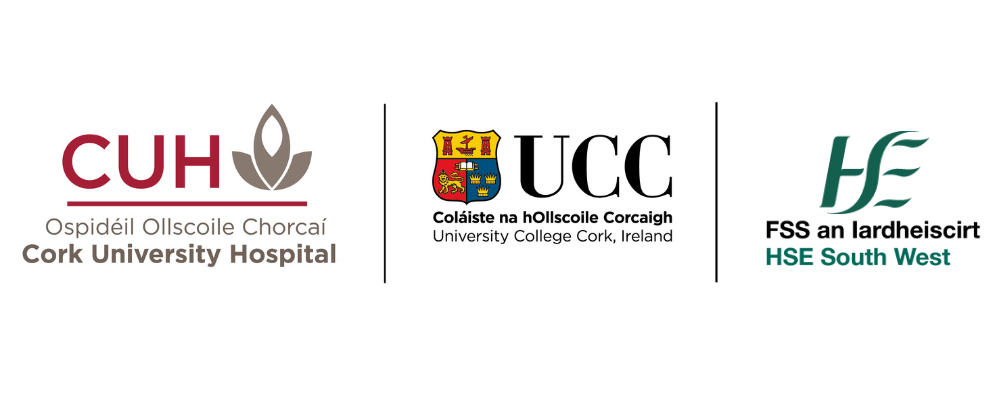Occupational Therapy in Cardiac Services
Cardiac Services
Individuals with disorders of the cardiovascular system may be limited in endurance and performance of ADL’s. Occupational Therapy aims to restore functional ability enabling the patient to be as independent as possible in their everyday lives whilst recovering from illness or surgery or adapting to disability.
Brief description of Occupational Therapy Services (Cardiac Services)
The following is an outline of Occupational Therapy intervention in the Cardiac Setting.
1) Assessment and training in personal activities of daily living.
Self care:
- Provide instruction in adaptive techniques e.g. sitting while grooming instead of standing.
- Provision of adaptive equipment.
- Client education in observation and recognition of signs of cardiac stress during activities of daily living.
- Family education; supportive balance between over exertion and deconditioning.
2) Assessment of posture and mobility:
- Positioning (e.g. splinting, environment etc)
- Transfer training (practice in functional training e.g. bed to chair, car etc)
- Provision of equipment to assist in transfers.
- Assessment for, provision of, and instruction in use of wheelchairs and other seating devices.
- Pressure care, equipment and education.
- Instruction on safe lifting techniques.
3) Productivity
- Instruction on return to driving, or use of public transport, following cardiac event/surgery.
- Referral for Driving Assessment where appropriate.
- Explore work activities, interests, options or retraining where appropriate.
- Help person to maintain or increase home management activities.
- Suggest modifications to home or work environment based on ergonomics that might reduce cardiac stress.
- Job analysis; including amount of dynamic and static work done, energy requirements in terms of metabolic costs, temperature stress and psychological stress.
4) Leisure:
- Modify leisure interests to fit within energy expenditure levels permitted.
- Explore new leisure interests where appropriate.
- Encourage selection of leisure activities that include both physical and social participation.
- Explore Community Resources, local support groups etc.
Cardiac Rehabilitation
The role of Occupational Therapy in cardiac rehabilitation is through group education and on an individual basis and includes the following:
- Assessment of ability to perform ADL’s.
- Maximising patients functional ability and independence with graded activity.
- Vocational work evaluation and advice.
- Teaching of compensatory strategies to increase strength and tolerance in ADL’s.
- Recommendation of appropriate techniques to enhance everyday function.
- Advice and psychological support to patient and family regarding safe functional level.
- Supporting lifestyle changes in occupational performance with the aim of secondary prevention.
- Liason with MDT to enhance overall rehabilitation outcome.
